Water supply
Type of resources
Topics
Keywords
Contact for the resource
Provided by
Years
Formats
Representation types
Update frequencies
Scale
-
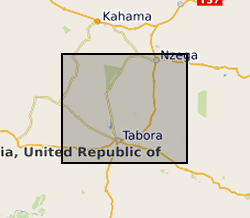
This data was produced to support a project looking at low permeability rocks in sub-Saharan Africa. Multiple boreholes were drilled for the project with geology identified from chippings. Groundwater chemistry was analysed from the resulting boreholes. The data contained within this record is from the CD that accompanies the report: J Davies and B É Ó Dochartaigh. 2002. Low Permeability Rocks In Sub-Saharan Africa. Groundwater development in the Tabora Region, Tanzania. British Geological Survey Internal Report, CR/02/191N. 71pp http://nora.nerc.ac.uk/id/eprint/505608/1/CR_02_191N.pdf The CD has not been uploaded in full elsewhere.
-
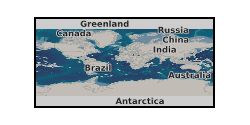
The data includes field chemistry, major and minor ions (ICP-MS and IC), nutrients (DOC), and tracers (Tritium, CFCs, SF6, δ18O, δ2H, δ13CDIC) collected in Nigeria and Mali in 2010. There is a brief description of the source, depth and completion date of the borehole, type of pump, estimated village population and estimated rainfall. Work funded by UK Department for International Development.
-
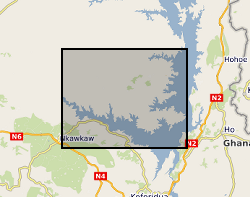
This data was produced to support a project looking at low permeability rocks in sub-Saharan Africa. Multiple boreholes were drilled for the project with geology identified from chippings. Groundwater chemistry was analysed from the resulting boreholes. The data contained within this record is from the CD that accompanies the report: J Davies and J Cobbing, 2002. An assessment of the hydrogeology of the Afram Plains, Eastern Region, Ghana. British Geological Survey Internal Report, CR/02/137N. 66pp http://nora.nerc.ac.uk/id/eprint/505607/1/CR_02_137N.pdf The CD has not been uploaded in full elsewhere.
-
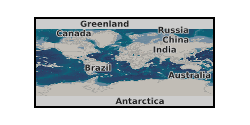
The data are transcripts of qualitative community surveys carried out in Amuria (A) and Katakwi (K) districts, north-eastern Uganda, as part of a pilot project looking at causes of borehole/hand pump failure in rural areas. The community survey was designed to collected basic information on community water use, reconstruct the history of the water point and explore the socio-institutional factors that may have contributed to non-functionality. Key topics included: community engagement in planning and construction of the water point, access to the water point (and alternative water sources), water quality and yield (including seasonality), mechanical failures and repairs, water point management and by-laws, and fees and finances. The survey took the form of a semi-structured group discussion, guided by a set of questions covering the key topics. Each survey took 2-3 hours. Surveys were conducted for 24 water points. Participants included both water users and Water Point Committee (WPC) members. There were no restrictions on who from the community could participate in the discussion, hence numbers varied. The focus groups were facilitated by local NGO staff familiar with the districts, and guided by researchers from the Overseas Development Institute. The transcripts were produced from the detailed handwritten notes taken by the researchers during the group discussions, with the support of translators. The community surveys should be viewed as complementary to the technical investigations conducted at the borehole.
-
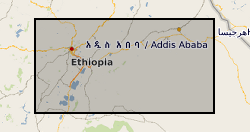
**THIS DATASET HAS BEEN WITHDRAWN** Ethiopia experienced severe drought in 2015-16. Many rural communities experienced declines in the performance of their water supply systems. As a result UNICEF commissioned a real-time monitoring and responsive operation and maintenance programme for point source rural water supplies across Central, Northern and Eastern Ethiopia. The water point monitoring survey was coordinated by UNICEF and conducted by World Vision Ethiopia and Oxfam Ethiopia. Data was collected between January and May 2016. Akvo Flow, a mobile survey tool, was used to collect data using questionnaires which were completed by enumerators and uploaded to central servers in near real time. The dataset includes data on functionality, access, usage and water quantity from 5196 rural water points. UNICEF provided the dataset to BGS. BGS reorganised, cleaned, and conducted quality control and analysis of the dataset. A companion paper has been published with more details of the methodology and results of the monitoring survey, https://doi.org/10.1038/s41467-020-14839-3
-
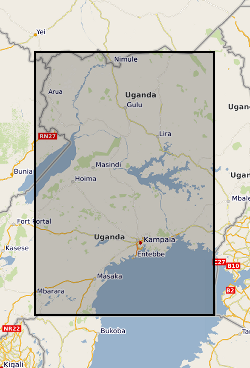
This dataset provides the field data collected in 2016 to assess the functionality and performance of 600 handpumped borehole supplies (HPBs) across the three countries, Ethiopia, Malawi and Uganda, and the capacity of the community water management arrangements. The individual HPBs surveyed in the dataset were selected by a two or three stage randomised sampling approach. The UPGro Hidden Crisis project (2015-20) was an international research project aimed at developing a robust evidence base and understanding of the complex and multi-faceted causes which underlie the current high failure rates of many new groundwater supplies in Africa. The project was jointly funded by: DFID, NERC and ESRC as part of the UPGro programme. The project carried out the research work in three countries - Ethiopia, Malawi and Uganda – to examine functionality and performance of groundwater supplies in a range of hydrogeological, climatic and social, institutional and governance environments in East Africa. The work focused specifically on examining the functionality of HPBs – these being the main form of improved community water supply across rural Africa. The Survey 1 dataset, is major dataset developed by the project.
-
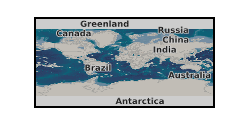
In developing countries, the dominant model for managing rural water supplies is a community-level association or committee. Although a relative paucity of evidence exists to support this model, it continues to exert a strong pull on policy makers. The Hidden Crisis Survey 2 dataset is the major dataset developed by the project. A social science and physical science survey were conducted in tandem, examining the physical waterpoint and the arrangement the community had devised for managing it. The detailed physical and social science datasets developed by the survey were intended to be used to: better understand the multi-faceted factors which underlie water source failure, their everyday governance arrangements, and to explore the inter-relations between the water point governance arrangements, engineering choice and performance, and groundwater resource conditions. The social science survey moved beyond the more standard preoccupation with examining waterpoint committees (a focus on form) to instead examine context-specific water management arrangements (based on the functions needed for sustainable and equitable management). The survey produced a detailed social science dataset of the arrangements communities have devised for managing their waterpoint across 150 sites in Ethiopia, Malawi and Uganda, surveyed in 2017 and the early part of 2018 (fieldwork was staggered across the three project countries to time with their dry seasons). The findings challenge many of the normative assumptions in the literature about community based management of water and help to move the debate on to more productive areas of enquiry.
-
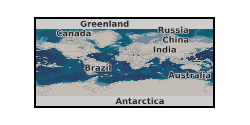
In developing countries, the dominant model for managing rural water supplies is a community-level association or committee. Although a relative paucity of evidence exists to support this model, it continues to exert a strong pull on policy makers. This project examines everyday water governance arrangements, situating these in the exigencies of wider village life and over the course of changing seasons. The data highlights the social embeddedness of water governance, and challenges the dominant 'associational model' of community based management. In none of the 12 sites do we observe a fully formed committee functioning as it should according to policy. Instead, water management arrangements are typically comprised by one or a small number of key individuals from the community, who may or may not be part of a waterpoint committee.
-
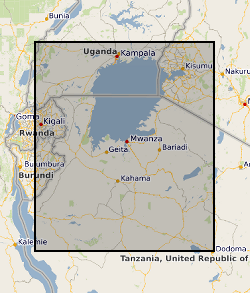
Data for Uganda includes analytical, field, isotope and borehole data. Data for Tanzania includes chemistry, field, isotope and borehole data. Borehole data from the Makutopora Wellfield is also included. This data was collected to investigate the resilience to climate change in sub-Saharan Africa (Tanzania and Uganda) of intensive groundwater abstraction from weathered crystalline rock aquifer systems. The sustainability of such abstractions was investigated by examining historical aquifer responses to climate and intensive (> 1 l/s) abstraction, and investigating groundwater residence times at sites of intensive groundwater abstraction using multiple tracers. The project was DFID funded. Project partners include: University College London, the British Geological Survey and the Overseas Development Institute
-
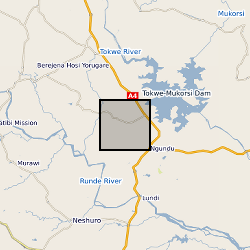
These files include hydrochemical data and groundwater level time series for a number of boreholes and wells within the basement aquifers of the Romwe catchment. For each borehole/well there are associated depth, geology and use data. A time series study of abstraction was also carried out for a subset of wells. Time series rainfall data for a rain gauge in the catchment is also included. These data were collected through a series of projects: Small scale irrigation using collector wells: pilot project (CEH/BGS/Zimbabwe Ministry of Lands, Agriculture and Water Development; DfID funded) Sustainability of yield from wells and boreholes in hard rock aquifers (BGS; DfID funded) Regional groundwater recharge assessment in semi-arid areas (CEH/BGS; DfID-funded) The Hydrology of a dry land catchment in southern Zimbabwe, and the effects of climatic and land use change on shallow groundwater resources (PhD project, Uni. Reading/CEH) Integrated Catchment Management and Sustainable Water Resource Development in Semi-arid Zimbabwe (PhD project, Uni. Reading/CEH) Note: CEH (Center of Ecology and Hydrology) was known as ‘IH’ during the period of the study
 NERC Data Catalogue Service
NERC Data Catalogue Service